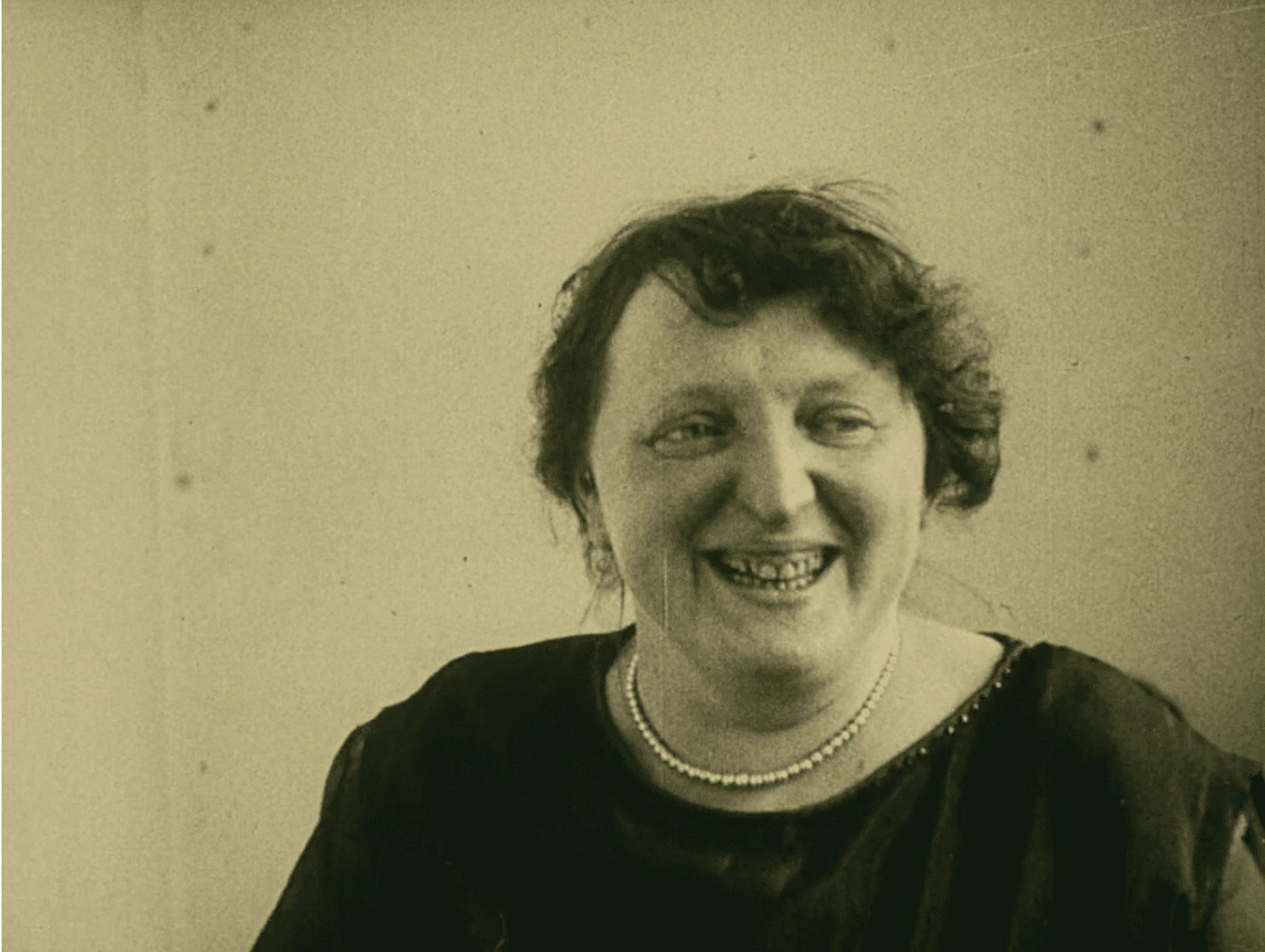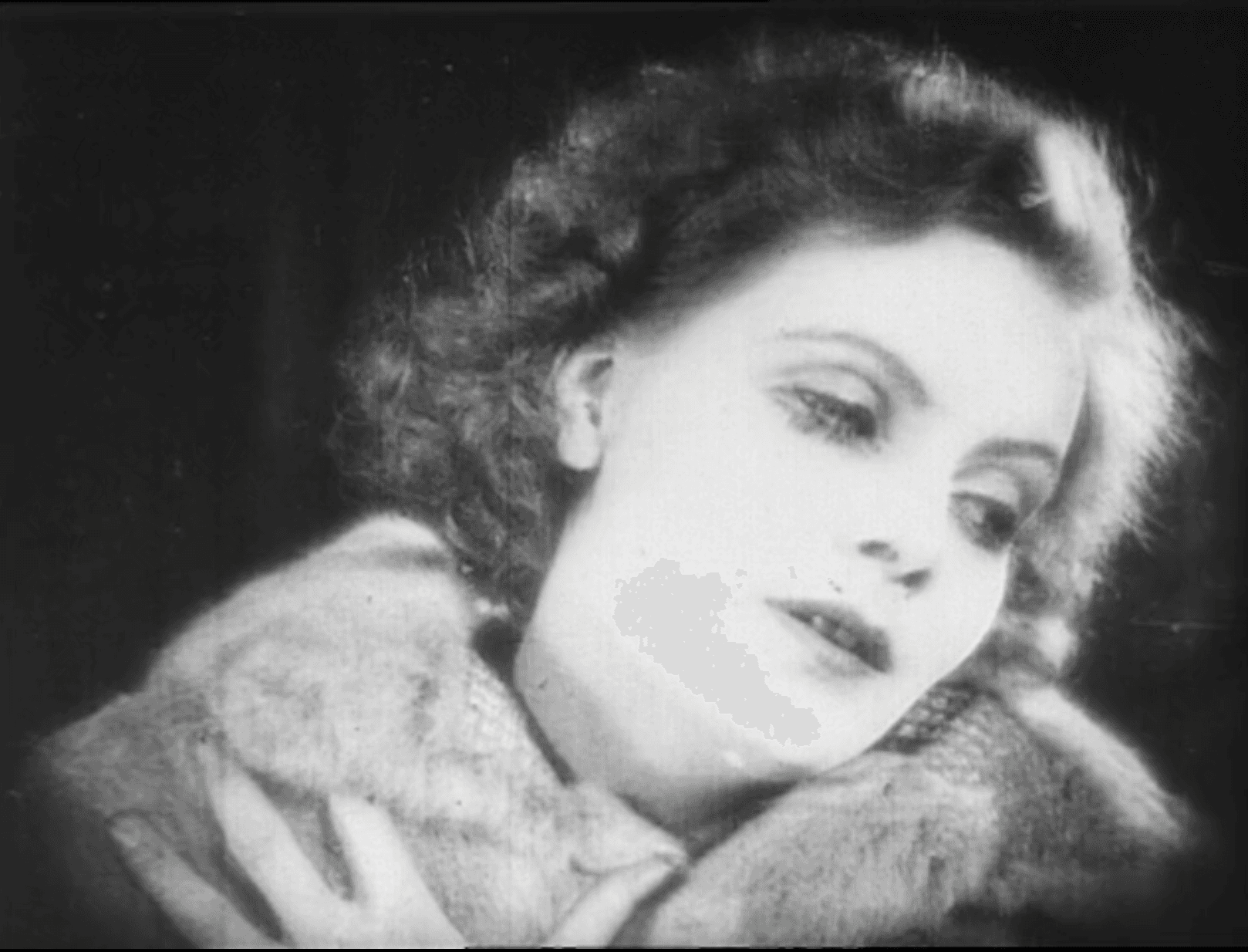Only women appear in this movie about Sean Connery
Yesterday, the Eye Filmmuseum created a short film about Sean Connery. It was published around 1:00 in the morning, just twelve hours after the announcement was made on Twitter that Eunice Gayson had passed away at the age of 90. She was the first ever Bond girl, playing opposite Sean Connery. That’s the connection.
Notably missing from the film about Sean Connery was, well, Sean Connery himself. He never makes an appearance. Neither does James Bond or any Bond girls, although Eunice Gayson is mentioned once. And any wider associations you might make with Sean Connery — gray beards, celebrity jeopardy, Her Majeshty’s Shecret Shervice — are also absent.
Is this really a movie about Sean Connery? The description couldn’t be more explicit:
This video is about Sean Connery.


How could this be? We’re shown a woman in a fur coat, then an unnerving lady who is laughing and brandishing her teeth. I’d say one looks like a movie star, which might put her vaguely in the realm of Sean Connery. Am I going in the right direction with this? Or maybe it’s a commentary on aging? Or the objectified role of women in film? A tragic tale about U.K. dentistry, perhaps?
Hard to say, but this is worth mentioning: this short film is also missing a director. It was created by a robot, and he’s producing several films every day. Meet Jan Bot. Despite being powered by the same deep learning algorithms that we’re told will cause the singularity apocalypse and perhaps cure cancer, this is not the kind of artificial intelligence application that you want driving your car, offering investment advice, or translating sloppy phone taps into relatively decent English. Nor is Jan Bot a good source for Sunday night movie recommendations, despite its association with Amsterdam’s respected film institution.
Jan Bot is a different kind of experiment. The software generates short movies based on fragments of found film, following the trending social media topics of any given day. The co-father of Jan Bot, Pablo Núñez Palma, puts it like this:
Using some of the trendiest AI tools available for the translation of images into words and words into semantic nodes, we have programmed Jan Bot to create meaningful connections between two completely unrelated items: a vast collection of old and unidentified film fragments, and trending topics from today.
It’s like a game of Taboo. You have to talk about a topic (the word on your game card), but that word and any obviously related words are forbidden. As explicitly as the film is “about Sean Connery”, the source fragments for these films are explicitly disconnected from the subject in ways we would traditionally expect (for example, that Sean Connery would appear in a film about Sean Connery).
In Taboo, the workarounds are what make it fun. What’s the effect for Jan Bot? Since I know the film doesn’t appear out of nowhere, I find myself tracing back connections using an interpretive excise that feels a bit like reverse engineering.
I’m given a number of tags — girl, boy, horror, face, disguise, actress, actor — but not the reason why they were selected. I assume they are pulled from associated articles on the trending topic, which are also listed. I know that Jan Bot is working with a limited pool of fragments to build the film, so he doesn’t have the luxury to be a symbolic perfectionist. I’m not expecting the fragments to match the tags exactly, which leaves things up to the imagination.
But maybe it’s a personal thing: for a film to be interesting, there needs to be some kind to be character development. In this case, that would have to be Jan Bot himself. As a viewer, I find myself trying to understand its algorithmic thinking, not its plot. The subject material is not “Sean Connery” as I commonly know and recognize him, but “Sean Connery” as a node within networks: social networks (subject material), language networks (to expand the subject outside of its time period), and image recognition networks (to select the fragments of the film).
These networks look like something, and these films are generated every day for us to watch. It’s quite a nice exploration into computer vision by Bram Loogman and Pablo Núñez Palma. Kudos, guys.